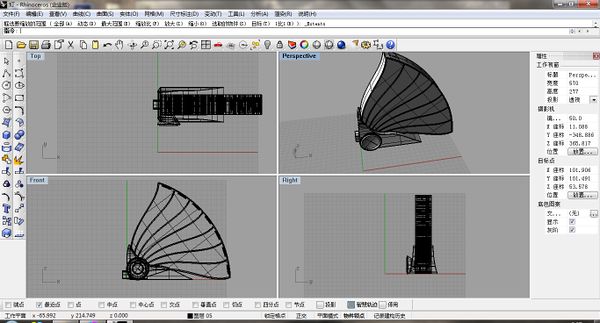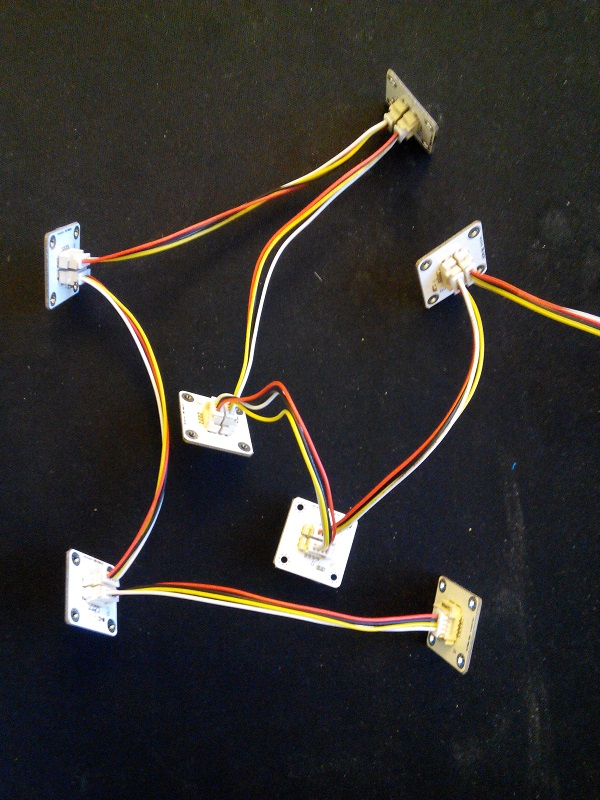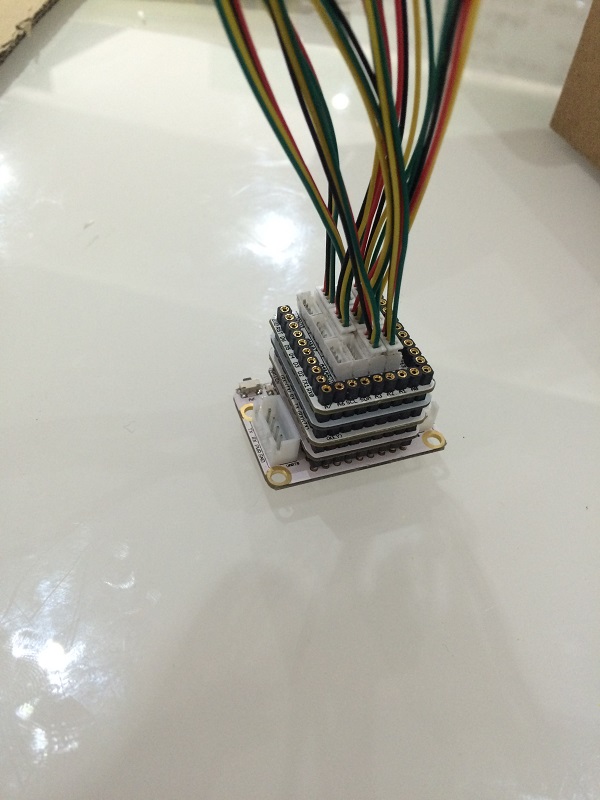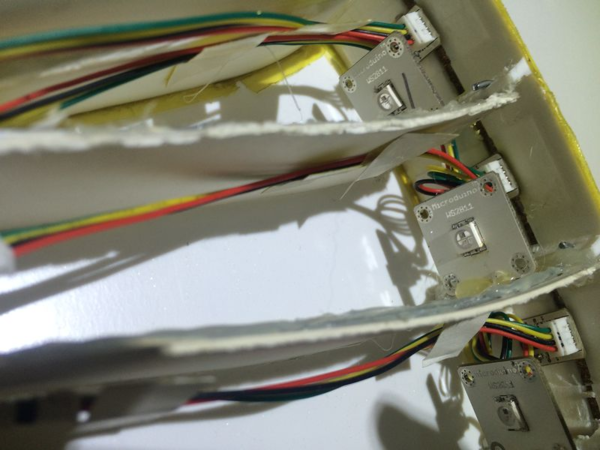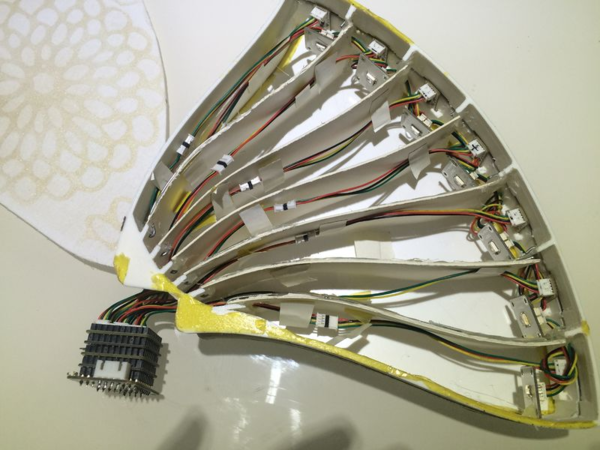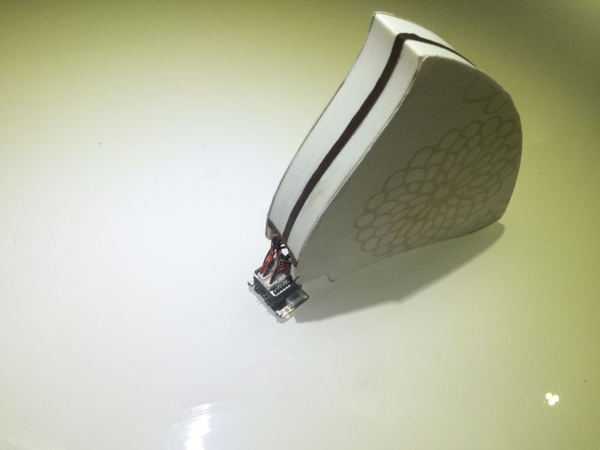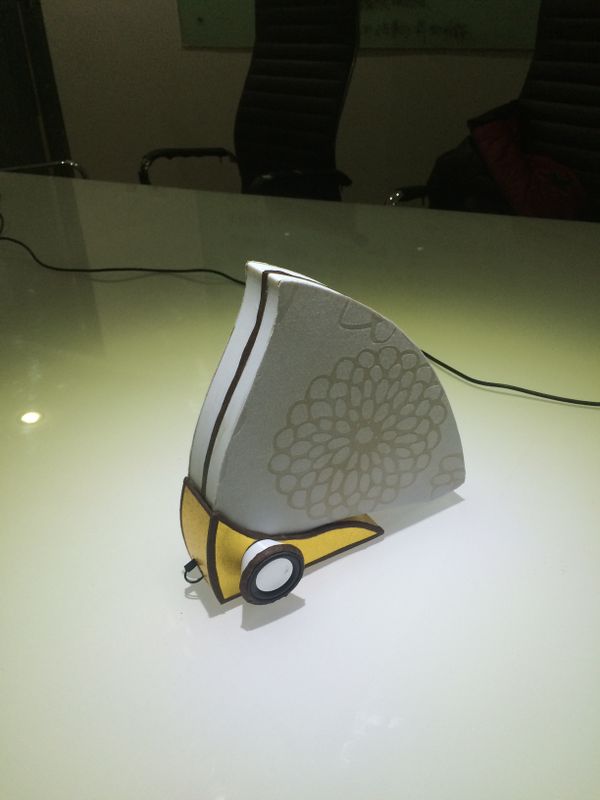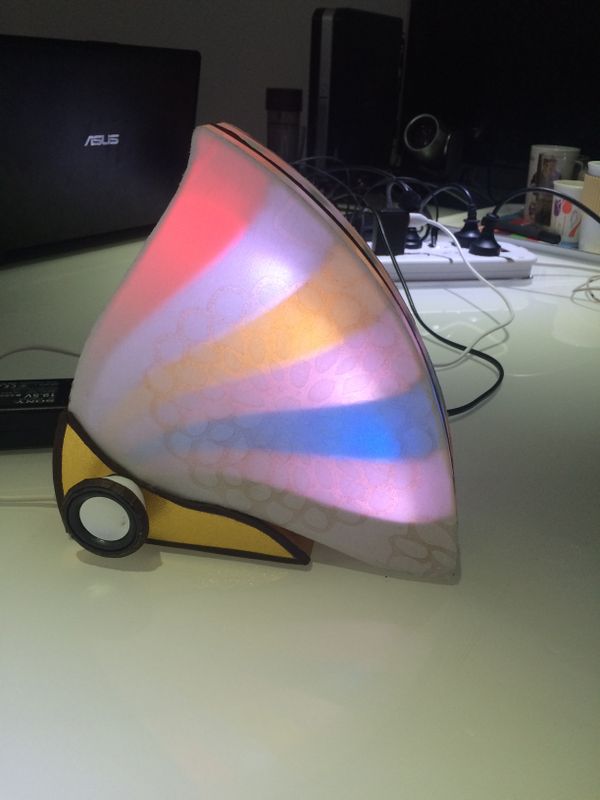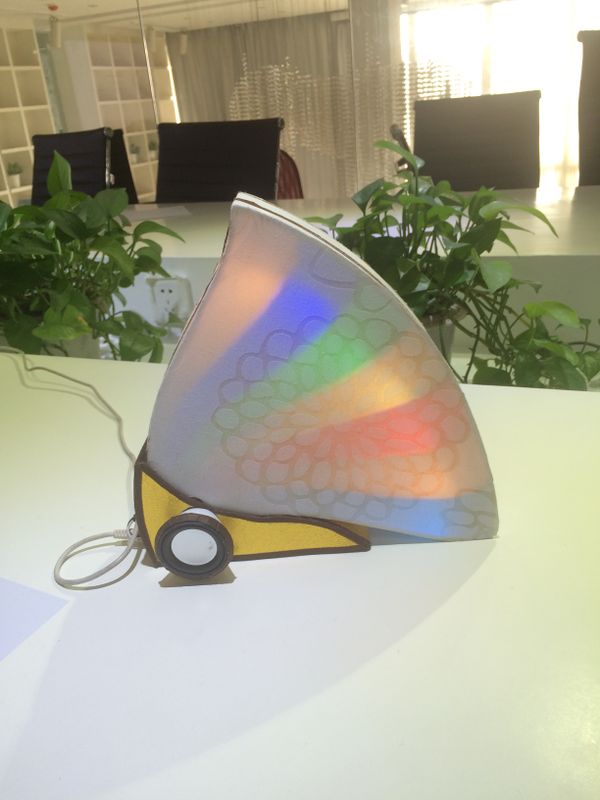Microduino Butterfly Light
From Microduino Wiki
Contents[hide]Outline
Team IntroductionGuysgogo is team composed of four senior students in the maker class of LKK Intelligent Hardware Industrial Design. Three of the students—Run Jiang, Huiyu Hao, Tingyu Li and Chaohui Xie, are college students from Hebei. | ||||||||||||||||||||||||||||||||||||
Bill of Material
DocumentProgram download: Butterfly_light 3D model download: File:3D-Butterfly light.zip Build 3D ModelThe model adopts buttery shape. Build Hardware Circuit
Prepare Audio
Software DebuggingProgram Description
int sensor_pin[7]=
{
4,8,10,12,A0,A2,A6
};
#define PIN 6
Adafruit_NeoPixel strip = Adafruit_NeoPixel(7, PIN, NEO_GRB + NEO_KHZ800);
for(int a=0;a<7;a++)
{
{
if(key_get(sensor_pin[a],1)) //When triggered,
{
//colorWipe(strip.Color(255, 255, 0), 10);
sensor_vol_cache[a]++; //Counting
// Serial.print("+");
if(sensor_vol_cache[a]>3)
sensor_vol_cache[a]=3;
{
colorWipe(color[8], a);
num=a;
audio_choose(a+1);
audio_play();
colorWipe(color[0], a);
}
time1[a]=millis();
}
if(millis()-time1[a]>500 && sensor_vol_cache[a]!=0) //Just start it and delay for one second or more, and the scan is ended.
{
if(sensor_vol_cache[a]==1)
{
colorWipe(color[0], a);
Serial.println("LED_OFF");
}
else if(sensor_vol_cache[a]==2)
{
colorWipe(color[8], a);
}
else
{
randomSeed(millis()%1000);
sensor_vol[a]=random(1,7);
Serial.println("");
Serial.print("num:");
Serial.print(a);
Serial.print(":");
Serial.print(sensor_vol[a]);
colorWipe(color[sensor_vol[a]], a);
}
sensor_vol_cache[a]=0; //Return to zero and wait for the next scan.
}
}
}Program Download
Overall Assembling
Notice
Video |
